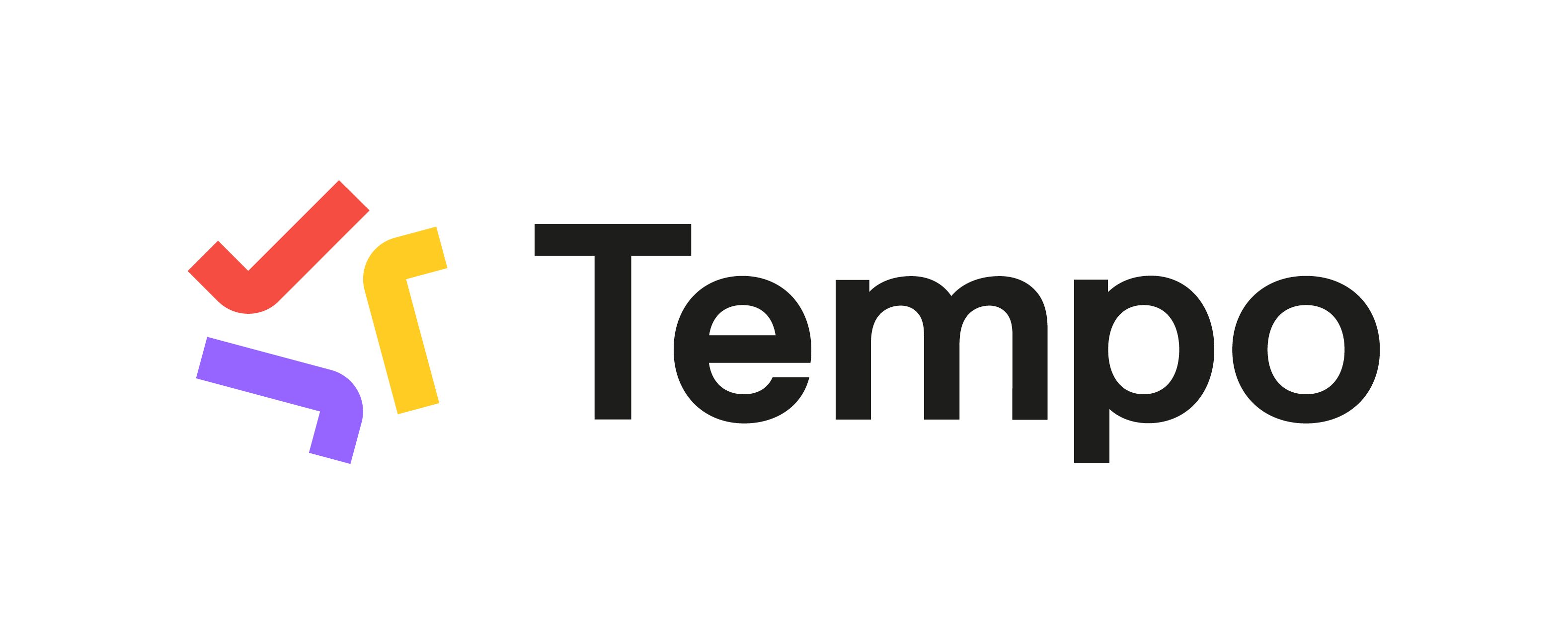Everyone uses the Scaled Agile Framework (SAFe) a bit differently, but Structure is highly customizable and easy to tailor to your specific SAFe needs.
Step 1: Build a SAFe Structure
To create a structure for SAFe:
-
Open the Structure Selector menu and select Create New Structure
-
Add initiatives: +Add | Insert | JQL Query | enter the appropriate JQL, such as
"Project = 'project name' AND issuetype = initiative" -
(For non-Jira Plans users) Add epics below initiatives: +Add | Extend | Linked Items | choose the type and direction used to assign Epics to Initiatives, such as "Implements" or "Parent (Advanced Roadmaps)"
-
Add the rest of your work items: +Add | Extend | Child Work Items | under Add, select Work Items under epics, Sub-tasks, and (for Jira Plan users) Jira Plans hierarchy.
-
Sort by rank: +Add | Sort | Field | select "Rank"
If you use a custom field for planning, such as Planning Increments, you can group work items by this field as well: +Add | Group | select the custom field
Step 2: Add Data
Next, add the data you need to track by clicking the + button at the top-right corner of the structure. You can add as many columns as you need, including:
-
Jira Fields - For each Jira field, Structure offers a column that displays that field's value.
-
Progress - Display an aggregate work item progress, which is calculated based on values from the work item and its sub-work items.
-
Totals - Display aggregate values for work item progress, which include progress values from sub-work items.
-
Service Management - Jira Service Management customers can visualize and manage SLA fields within a structure.
-
Work Logged - View and manage Timesheets by Tempo work logged data alongside your project data.
-
Many more - To learn more about the available columns, see Adding Columns.
Once you've added your columns, you can aggregate the data up the structure. To do so, open the column you want to aggregate and select Sum over sub-items.
